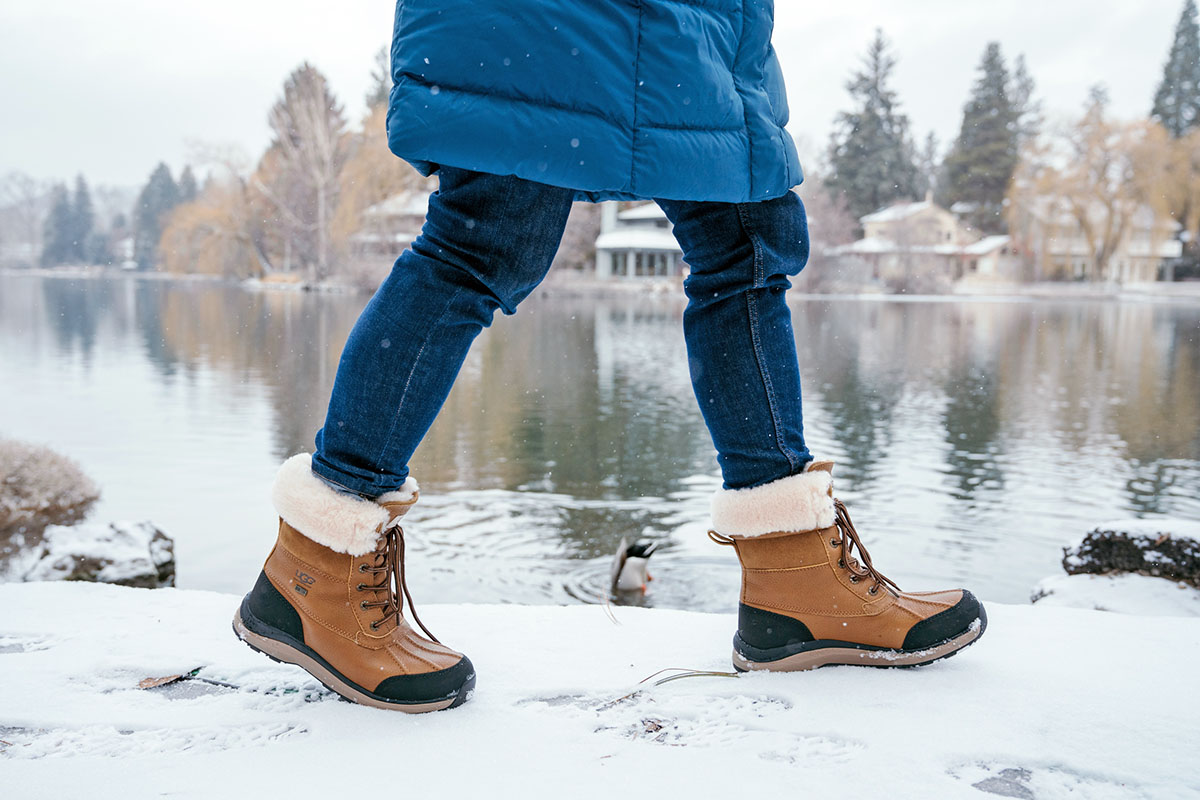
 Wear boots and clothing with a certain application. This rule applies primarily to the boots or buskin (military boots), no slippers or shoes. The boots we hold the ankle, making them less likely to have injuries at this joint sprains, due both to the shaft of the boot (at least they should be “half round”) and the highest sensitivity in the area that makes us react more quickly to feel that we bend the ankle so exaggerated (proprioceptive feedback).
Wear boots and clothing with a certain application. This rule applies primarily to the boots or buskin (military boots), no slippers or shoes. The boots we hold the ankle, making them less likely to have injuries at this joint sprains, due both to the shaft of the boot (at least they should be “half round”) and the highest sensitivity in the area that makes us react more quickly to feel that we bend the ankle so exaggerated (proprioceptive feedback).
There should be no new boots never tested or not for at least a week under conditions as realistic as possible. Not complied with this recommendation, the blisters will become the norm, a norm that in some cases prevent us from fully walking due to pain.
The same applies to the new clothes, especially that which is in contact with the skin (underwear, stockings and socks, pants, shirts or shirts, etc..) And if you have no previous experience in the use of such brand, fabric, membrane or model. Although the garment chaffing problem would be less than that would to use a new shoe outlets with more or less long walks, the risk exists, it is also the risk of allergies, which is becoming more common in the world modern due to environmental pollution and chemicals that are used both for growing raw materials derived from natural fibers (cotton, wool, alpaca, etc.). to create fabrics (polypropylene, polyester, temast, rovyl, chlorofibre , Meraklon, thermalene, thermowear, Capilene, Lifa, termofibra, spas, dunova, etc.) and artificial membranes (Gore-Tex, SOFITEX, Sympatex, stan-air, microporosity, Porex, starter, etc.) and / or waterproofing, isolated wind, laminate, waterproof, clothe, and resins. etc.
